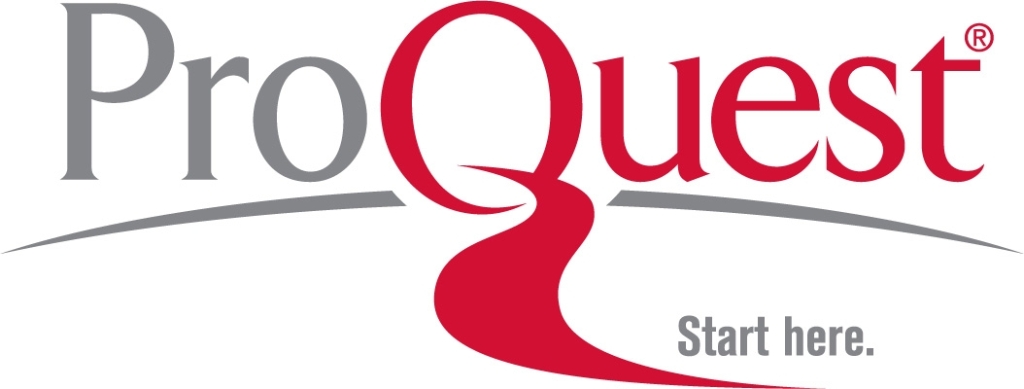EXCHANGE RATE AND TRADE BALANCE NEXUS IN ASEAN-5
DOI:
https://doi.org/10.51200/lbibf.v6i.2591Abstract
This study analyzes the short run as well as long run impact of exchange rates changes towards trade balances for ASEAN-5 member countries, namely Indonesia, Malaysia, the Philippines, Singapore and Thailand. The stationary test, Johansen-Juselius cointegration test and Granger causality test have been utilized in the study. For the sample period from 1970 to 2004, empirical results indicate that although there is a lacking of long run stable relationship among the exchange rates and trade balances in the ASEAN-5 economies, the exchange rates do have ability to influence trade balances in these countries in the short run except for Indonesia. This implies that the policy makers could use discretionary monetary and fiscal policies to affect the external trade performance in these ASEAN countries. Therefore, the corresponding governments should adopt the appropriate exchange rate regime wisely in boosting the economy and improving the trade deficit for the countries.


















